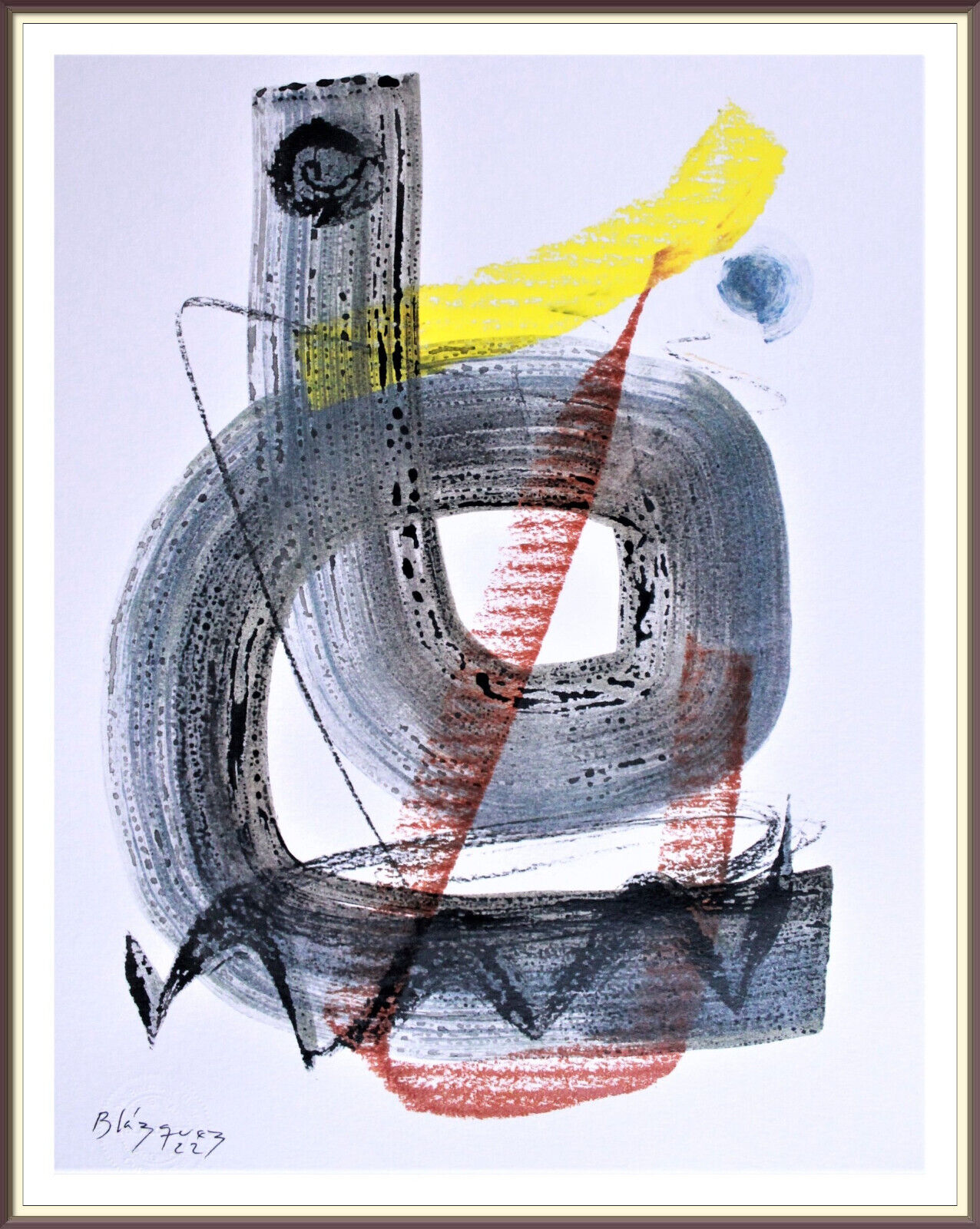-40%
Pied Piper of Hamelin by Franz Wacik
$ 1317.36
- Description
- Size Guide
Description
Pied Piper of HamelinBy
Franz Wacik
About the artist:
Franz Wacik (born September 9, 1883 in Vienna, † September 15, 1938) was an Austrian painter and graphic artist. Franz Wacik was at the beginning of his artistic career, first student at the painting school Strehblow, later he studied at the School of Applied Arts Vienna with Alfred Roller. From 1902 to 1908 he studied painting with Christian Griepenkerl, Franz Rumpler and Heinrich Lefler at the Vienna Art Academy. In particular, Wacik devoted himself to book illustration, mainly in the children's and youth books. He illustrated mostly in color works by Hans Christian Andersen, fairy tales of the Brothers Grimm, tales by E.T.A. Hoffmann, Hugo von Hofmannsthal, Clemens Brentano, also the folk book by Till Eulenspiegel u. v. a. For the book series Österreichs Ruhmeshalle he took over the volumes to Franz Schubert and Franz Grillparzer, for the weekly magazine The Muskete he made hundreds of color illustrations, also to the journal Jugendrotkreuz he contributed. Particularly outstanding are his works for the ambitious series Gerlach's Jugendbücherei, z. Again with Andersen's fairy tales and illustrations to Bürgers Münchhausen.
The
Pied Piper of Hamelin
(German:
Rattenfänger von Hameln
, also known as the
Pan Piper
or the
Rat-Catcher of Hamelin
) is the
titular character
of a
legend
from the town of
Hamelin
(Hameln),
Lower Saxony
,
Germany
. The legend dates back to the
Middle Ages
, the earliest references describing a piper, dressed in multicolored ("
pied
") clothing, who was a rat-catcher hired by the town to lure rats away
[1]
with his magic
pipe
. When the citizens refuse to pay for this service, he retaliates by using his instrument's magical power on their children, leading them away as he had the rats. This version of the story spread as folklore and has appeared in the writings of
Johann Wolfgang von Goethe
, the
Brothers Grimm
, and
Robert Browning
, among others.
There are many contradictory theories about the Pied Piper. Some suggest he was a symbol of hope to the people of Hamelin, which had been attacked by plague; he drove the rats from Hamelin, saving the people from the epidemic.
[2]
The earliest known record of this story is from the town of Hamelin itself, depicted in a
stained glass
window created for the church of Hamelin, which dates to around 1300. Although the church was destroyed in 1660, several written accounts of the tale have survived.
[3]
Plot
[
edit
]
In 1284, while the town of Hamelin was suffering from a
rat
infestation, a piper dressed in multicolored ("pied") clothing appeared, claiming to be a rat-catcher. He promised the mayor a solution to their problem with the rats. The
mayor
, in turn, promised to pay him for the removal of the rats (according to some versions of the story, the promised sum was 1,000 guilders). The piper accepted and played his pipe to lure the rats into the
Weser River
, where they all drowned.
[4]
Despite the piper's success, the mayor reneged on his promise and refused to pay him the full sum (reputedly reduced to a sum of 50 guilders) even going so far as to blame the piper for bringing the rats himself in an extortion attempt. Enraged, the piper stormed out of the town, vowing to return later to take revenge. On Saint
John and Paul
's day, while the adults were in church, the piper returned dressed in green like a hunter and playing his pipe. In so doing, he attracted the town's children. 130 children followed him out of town and into a cave and were never seen again. Depending on the version, at most three children remained behind: one was lame and could not follow quickly enough, the second was deaf and therefore could not hear the music, and the last was blind and therefore unable to see where he was going. These three informed the villagers of what had happened when they came out from church.
[4]
[
failed
Painting:
26” high by 48” wide
Frame:
None














